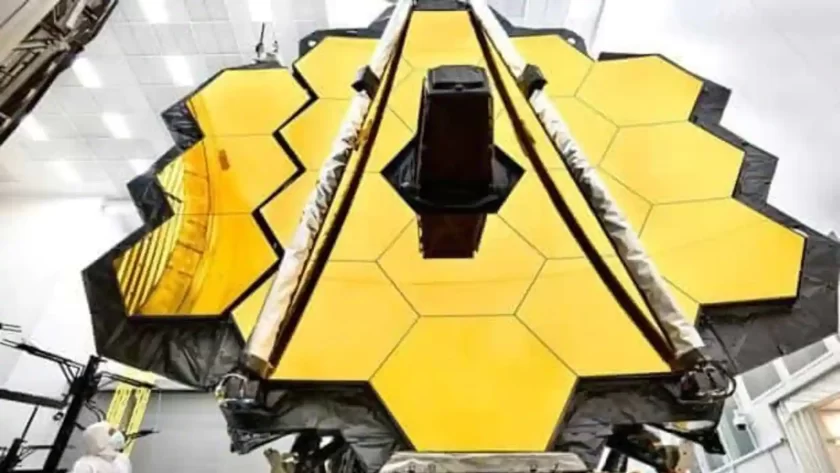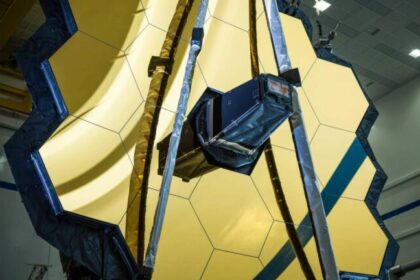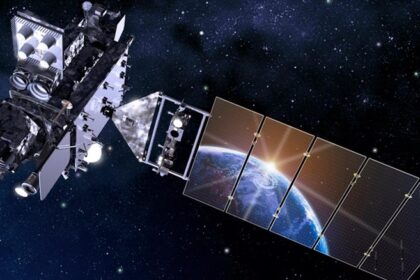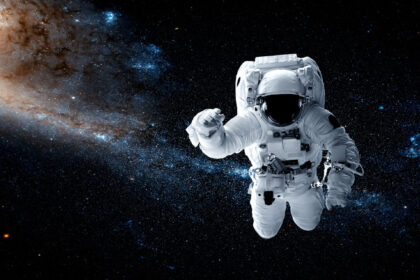Sending anything into space will definitely be a bumpy journey. From the vibrations and shocks of the launch to the cold temperatures that froze above the earth’s atmosphere, spacecraft must be prepared to bear the hard environment. It was even more correct when they had been designed for the last decade, as owned by James Webb Space Telescope. After the launch in December 2021, the telescope opened his hardware when he traveled to his orbit around the sun, L2, and fortunately, all of them worked according to plan. Now, it looks like webb will be able to continue to collect science data for at least 20 years (through the Space Telescope Science Institute). NASA Baru -Newly shares how to test the webb to ensure it is ready for space adventure.
Space aircraft usually goes through a process called a vacuum test where they are placed in an existing vacuum space that sucks all air and simulates cold temperatures from the space environment. But this is not possible with webb because the method is designed (through NASA). Webb is designed in such a way that one side, protected by a very large sun, always facing the sun and earth. The other side faces space. In this way, the side with Sunshield can handle the higher temperature that will be experienced.
The testing team is considering building a special vacuum space that is special only for webb, but it will be expensive and time consuming. Instead, they divide the entire telescope into two and test half at once. “We cannot just put all the observatory in one vacuum and duplicate everything at the same time,” said Paul Geithner, Deputy Manager of the Webb Project for technical verification. “So that’s why we tested two major parts. It turned out that our approach was successful.”
Testing can be a tense process, and at one point the test team is rather concerned. In 2016, parts of the webb were being carried out through vibration testing, where hardware was shook quickly to ensure that it could hold the launch encouragement, at NASA’s Goddard Space Flight Center. All seemed to be planning until the testing team heard a hard gap. “People -people say, ‘Oh my God, did we just solve it?'” Said Geithner (through NASA). “I mean, it sounds bad. Then the test is automatically closed. That is probably the most frightening point.”
Fortunately, the hardware itself was not permanently damaged, and the engineers added mass dampening to support the secondary mirror to ensure it could survive without a broken. Another challenge emerged during the testing process when the Webb Telescope was at Johnson Space Center NASA in Houston, Texas, in 2017. Then Harvey storm rolled – a category four storm that made landing in Texas in August 2017 (through national weather services). Team members live in Johnson to watch the webb in turns and continue to test to ensure it works according to plan.
All careful hard work and planning during the testing process for years have been proven to be commensurate, because webb can launch, use, and reach orbits without problems that should not be underestimated. The team counts there are 295 single points failures that can damage the mission. “All failures can occur, and they are not, thanks to all the control and test controls that are applied for years,” said Geithner. “So we say, ‘This will work.'”





